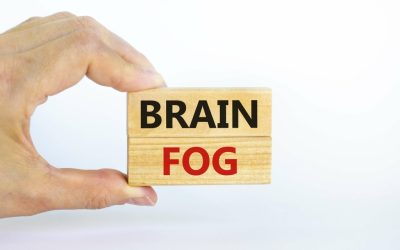Phone no: 9779851180527 or email us: info@silvercrown.com.np
Phone no: 9779851180527 or email us: info@silvercrown.com.np
Content
While some people experience very few withdrawal symptoms, others may suffer from more serious side effects. For example, delirium tremens is one of the most severe of alcohol withdrawal symptoms. It can surface within the first 48 hours after your last drink and involves confusion, severe shaking, hallucinations, and high blood pressure. Heavy drinkers who suddenly stop drinking may experience any range of dangerous symptoms, so it’s important for those experiencing withdrawal to undergo medically-assisted detox. Many people are hesitant to quit drinking because of the thought of experiencing uncomfortable withdrawal symptoms is scary.

For example, benzodiazepines have been shown to prevent both initial and recurrent seizures. Similarly, carbamazepine and the barbiturate phenobarbital probably can prevent AW seizures, although insufficient data exist in humans to confirm this hypothesis. In contrast, phenyotin, an anticonvulsant medication used for treating seizures caused by epilepsy and other disorders, is ineffective for treating AW seizures. Because a diagnosis of AW-related seizures may require further evaluation, however, the agent is sometimes administered until other causes of seizures have been ruled out. The Clinical Institute Withdrawal Assessment for Alcohol, revised (CIWA–Ar) (Sullivan et al. 1989; Foy et al. 1988). This instrument rates 10 withdrawal features, takes only a few minutes to administer, and can be repeated easily when necessary.
Start by estimating how much you drink on a daily basis—and be honest with yourself. It can help to make use of standard drink measurements, as mentioned above. Then come up with a reduction rate you think will be safe, and that you can stick to. Alcoholics Anonymous’s 12-step movement has a long history dating back to the 1930s, when there was very little available in the way of real alcohol treatment.

Moreover, substituting one kind of beverage for another does not help you taper off alcohol if you consume the same number of standard drinks as you usually have. For example, one 12-ounce can of beer contains the same amount of alcohol as a 5-ounce glass of wine or a mixed drink containing 1.5 ounces of alcohol. Steering clear of triggers and drinking targets won’t work for everyone. The goodness is there are other methods you could use such as medication, urge surfing, and SMART recovery.
Because tapering can be tricky and alcohol withdrawal syndrome can be dangerous, you should never start a taper before talking to your doctor. Another big factor in how long a taper lasts https://curiousmindmagazine.com/selecting-the-most-suitable-sober-house-for-addiction-recovery/ is alcohol withdrawal symptoms. If you begin to have withdrawal symptoms during your taper, this is a sign that your taper may be going too fast and that you need to slow it down.
Alcohol has a sedative effect on the brain in which it suppresses certain neurotransmitters, causing people to feel at ease after drinking. This is why when consuming alcohol, people experience initial feelings of happiness, increased sociability, and relaxation. Going cold turkey can lead to acute alcohol withdrawal for those who have a history of long-term and/or heavy alcohol use.
For example, one may speculate that early treatment may prevent more serious symptoms during subsequent withdrawal episodes. Effective treatment of withdrawal only addresses the first of these reasons (Dupont and Gold 1995). Accordingly, appropriate recognition and treatment of AW can represent an important, albeit small, first step toward recovery. Heavy drinkers who suddenly decrease their alcohol consumption or abstain completely may experience alcohol withdrawal (AW). Signs and symptoms of AW can include, among others, mild to moderate tremors, irritability, anxiety, or agitation. The most severe manifestations of withdrawal include delirium tremens, hallucinations, and seizures.
There is relatively little research on AA and much of that has been conducted from within the organisation. The known outcomes are modest – the success rate is estimated to be around 10% and the dropout rate appears high. But, perhaps most importantly, understand that setbacks happen and that progress takes time or may look different than imagined.